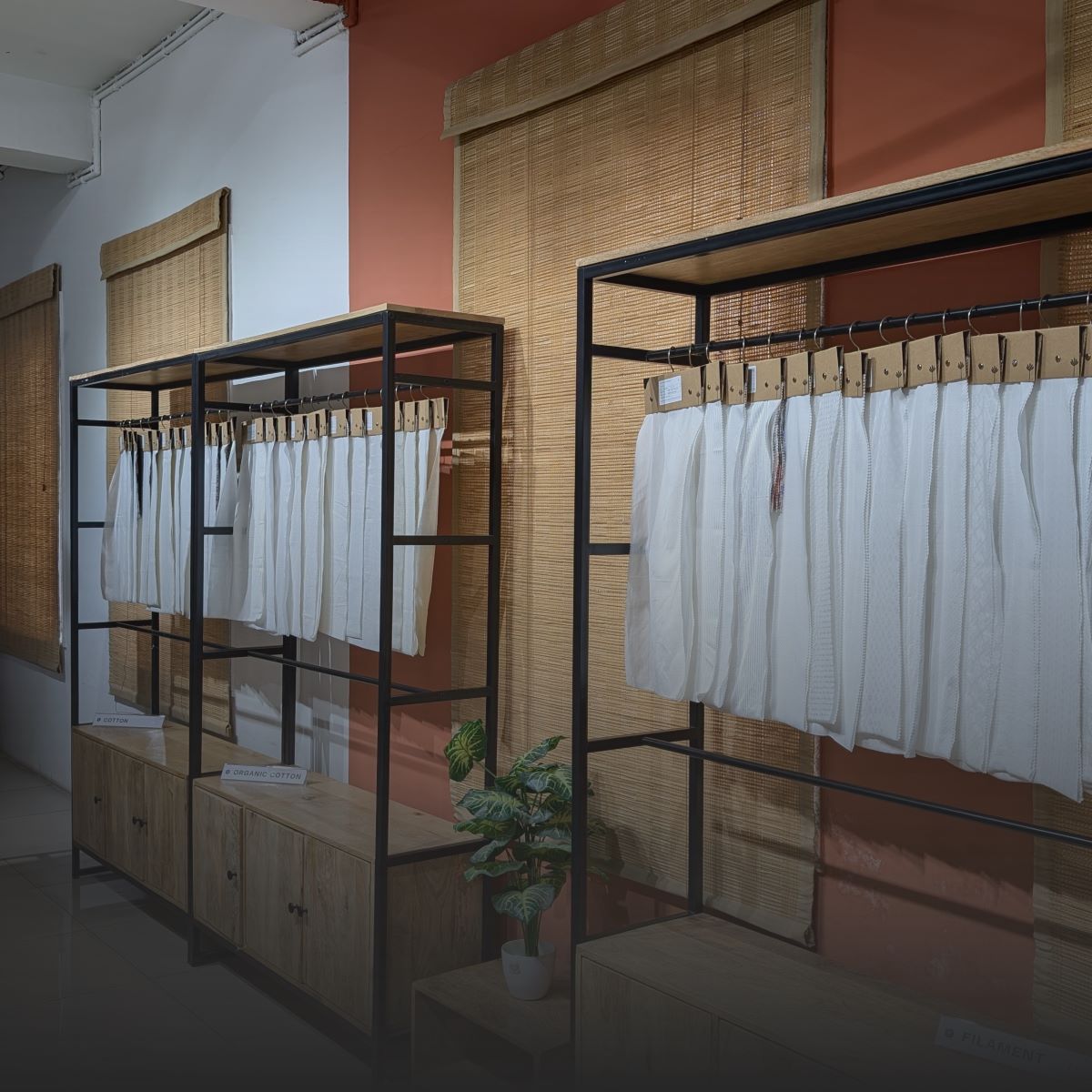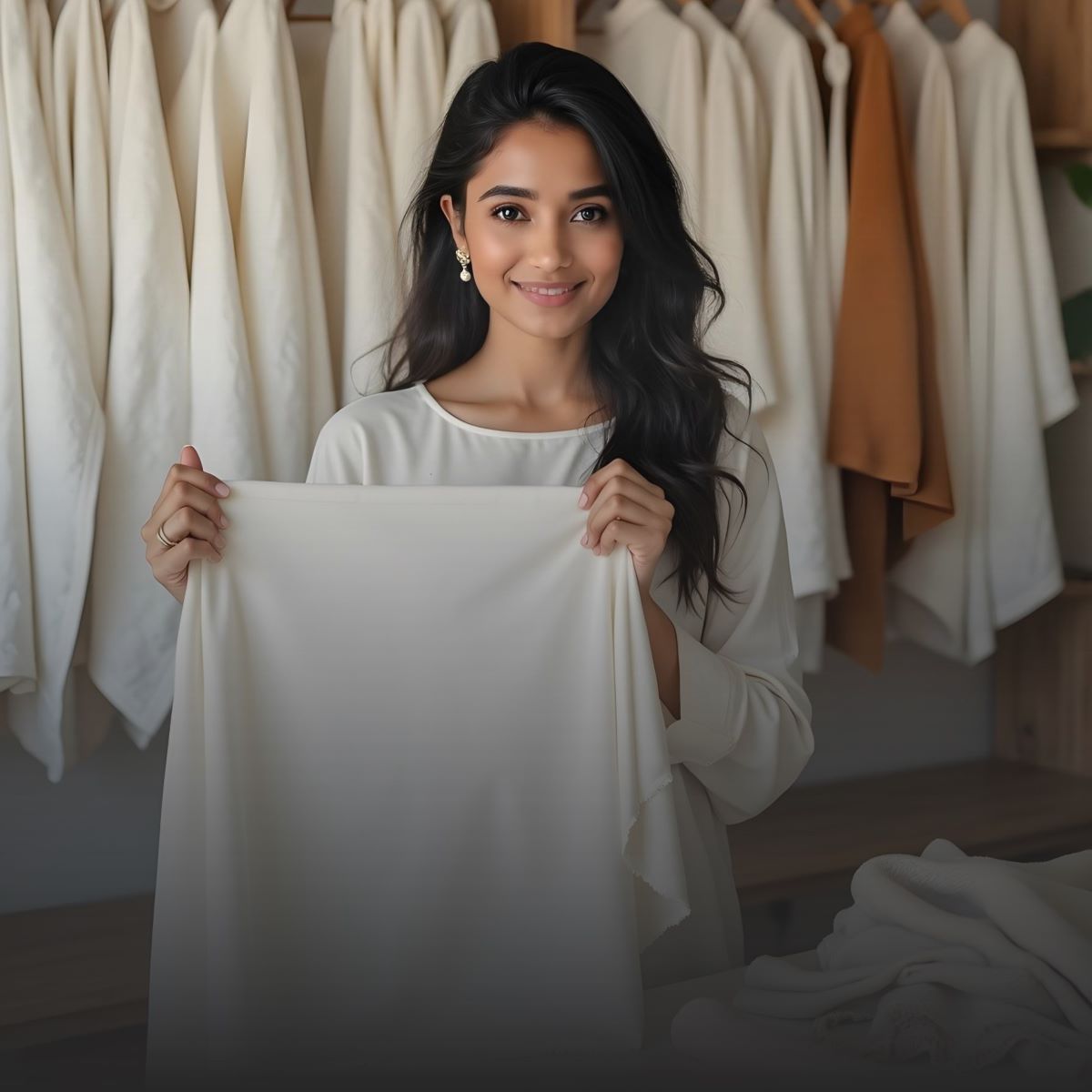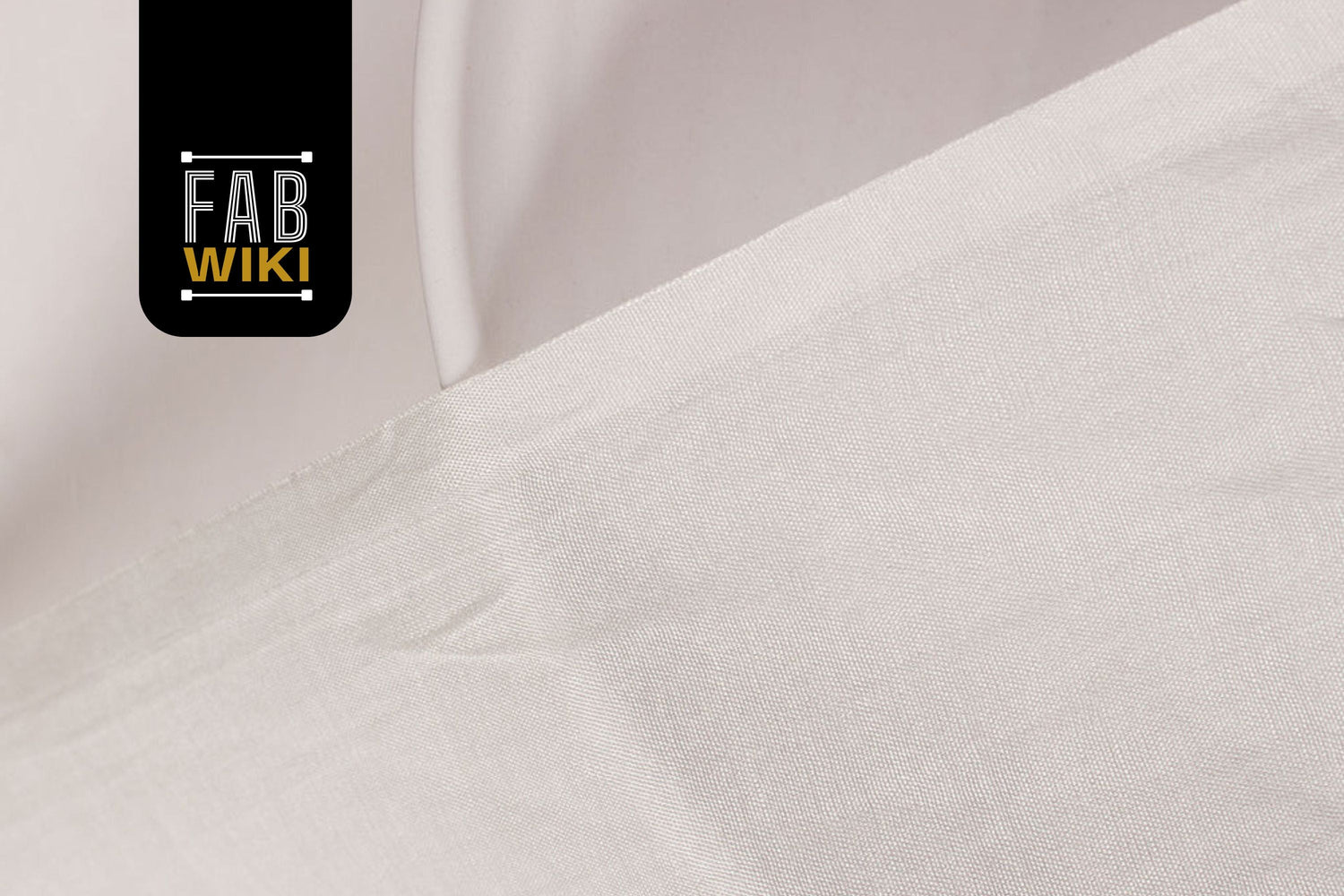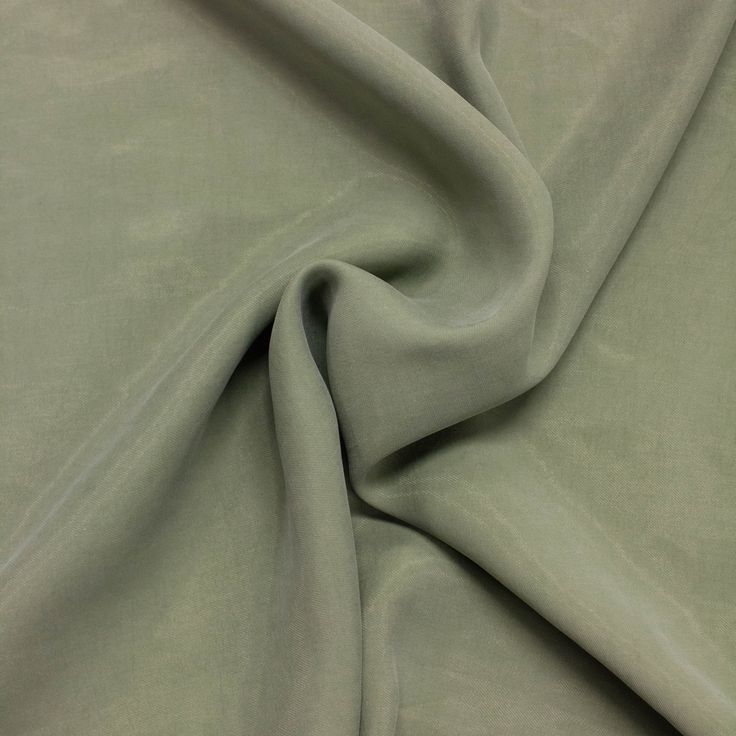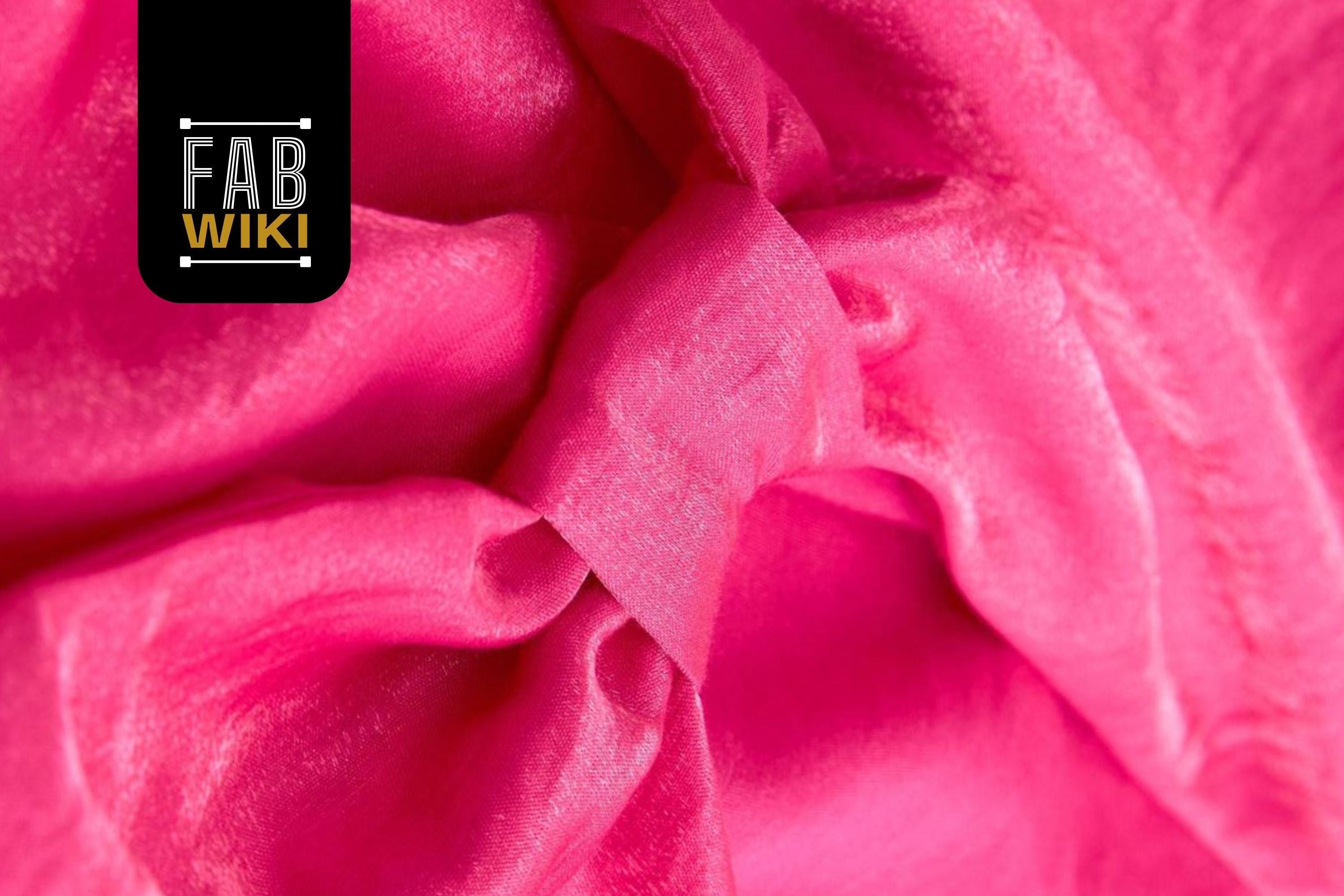Introduction to Bemberg Fabric
- Bemberg fabric is a premium textile known for its luxurious feel, breathability and sustainability.
- It is a regenerated fiber derived from cotton linter.
- Bemberg is often used as a silk alternative in luxury fashion.
- It has a soft, smooth texture and excellent moisture-wicking properties.
- The fabric has gained popularity among designers and eco-conscious consumers alike.
The Origins and History of Bemberg Fabric

- Bemberg fabric was invented by J.P. Bemberg, a German company specializing in fine textiles.
- Its modern production and innovation were led by Asahi Kasei Corporation, a Japanese textile giant.
- Over the years, Bemberg has become a popular fabric in the sustainable fashion industry.
What is Cupro? The Science Behind Bemberg Fabric
- Cupro is a regenerated cellulose fiber made from cotton linter, the fine fibers around cotton seeds.
- It belongs to the rayon family but is distinguished by its high-quality processing and luxurious feel.
- Compared to rayon, Tencel and viscose, Bemberg is a superior version of Cupro.
Types of Bemberg Fabric:
|
Fabric Type |
Description |
Key Features |
|
Bemberg Lining |
Lightweight, smooth and breathable fabric used in high-end clothing linings. |
Anti-static, moisture-wicking, and comfortable. |
|
Bemberg Twill |
Twill-woven Bemberg with a slightly textured finish for added durability. |
Stronger weave, soft touch and good drape. |
|
Bemberg Satin |
Glossy and lustrous fabric with a luxurious sheen. |
Elegant appearance, smooth feel and premium quality. |
|
Printed Bemberg |
Bemberg fabric with digital or screen-printed designs. |
Vibrant colors, detailed patterns and eco-friendly dyes. |
How to Identify Authentic Bemberg Fabric

- The touch test helps identify Bemberg, as it feels softer and more breathable than synthetic fabrics.
- The burn test is another method; Bemberg burns like natural fibers, unlike synthetic fabrics.
- Checking the label is important; authentic Bemberg fabric is made by Asahi Kasei and labeled as "Cupro Bemberg."
Manufacturing Process of Bemberg Fabric:
|
Step |
Description |
|
Raw Material Sourcing |
Cotton linter is collected from cotton plants. |
|
Processing and Regeneration |
The linter is purified and transformed into fibers using a chemical process. |
|
Spinning and Weaving |
Fibers are spun into yarns and woven into fabric. |
|
Dyeing and Finishing |
The fabric is dyed and treated to enhance softness, sheen and durability. |
Modern Innovations in Bemberg Fabric:
|
Modern Innovations in Bemberg Fabric |
Impact |
|
Advanced Spinning and Weaving |
Enhances durability and softness, improving fabric quality. |
|
Digital Printing and Dyeing |
Allows intricate designs and vibrant colors, expanding fashion applications. |
|
Sustainable Production Methods |
Reduces water and chemical usage, minimizing environmental impact. |
|
Improved Finishing Processes |
Increases resistance to wear and tear, extending fabric longevity. |
Sustainability and Environmental Impact of Bemberg Fabric
- Bemberg fabric is made from renewable cotton linter, which helps reduce waste.
- It is biodegradable and eco-friendly, making it a better alternative to synthetic fabrics.
- It requires less water and energy for production compared to silk and polyester, reducing its environmental impact.
Advantages and Disadvantages of Bemberg Fabric

Advantages of Bemberg Fabric
- Offers a luxurious feel at a lower price than silk.
- Highly breathable, moisture-wicking wicking and hypoallergenic.
- Eco-friendly and biodegradable, making it a sustainable choice.
- Drapes beautifully, making it ideal for high-end fashion and sophisticated designs.
Disadvantages of Bemberg Fabric
- Requires delicate care, as it is sensitive to washing and handling.
- More expensive than regular rayon.
- Limited availability, as it is primarily produced in Japan.
Care and Maintenance Tips for Bemberg Fabric
- Hand wash or use a delicate cycle with a mild detergent.
- Avoid wringing the fabric and air dry it in the shade.
- Use low heat while ironing and place a protective cloth over the fabric to prevent damage.
Bemberg vs. Other Fabrics: A Detailed Comparison
|
Fabric Comparison |
Bemberg |
Viscose |
Silk |
Polyester Lining |
|
Softness |
Very soft |
Soft |
Extremely soft |
Less soft and can feel synthetic |
|
Breathability |
High |
Moderate |
High |
Low |
|
Moisture-Wicking |
Excellent |
Moderate |
High |
Poor |
|
Drape and Feel |
Silk-like, smooth |
Soft with moderate drape |
Luxurious, fluid drape |
Can feel stiff or synthetic |
|
Sustainability |
Regenerated fiber, eco-friendly |
Semi-sustainable |
Natural but high environmental impact |
Synthetic, not eco-friendly |
|
Static Resistance |
Static-free |
May generate static |
Static-free |
Prone to static |
|
Best Used For |
Linings, luxury wear |
Apparel, linings, blends |
High-end fashion, luxury wear |
Budget linings, outerwear |
|
Cost |
Affordable alternative to silk |
Affordable |
Expensive |
Low-cost |
Common Applications and Uses of Bemberg Fabric:
|
Application |
Description |
|
Luxury Garments |
Used in evening wear, dresses and tailored suits for its soft feel and elegant drape. |
|
Linings |
The most common application, providing a breathable, comfortable inner layer for jackets and suits. |
|
Scarves and Accessories |
Perfect for high-end scarves, ties and handkerchiefs. |
|
Home Textiles |
Found in premium bedsheets, curtains and upholstery due to its softness and durability. |
Where to Buy Bemberg Fabric?
Online Stores:
- Fabriclore is the best wholesale supplier for Bemberg fabric.
- Etsy offers unique Bemberg fabric designs from independent sellers.
- Mood Fabrics provides high-quality Cupro fabrics for designers.
Local Markets and Boutiques:
- Japanese textile stores carry premium Asahi Kasei Bemberg fabric.
- Luxury fabric retailers in high-end fashion hubs also offer Bemberg fabric.
Bemberg Fabric Prices: How Much Does It Cost?
|
Factor |
Impact on Bemberg Fabric Price |
|
Quality |
Higher quality Bemberg fabric costs more due to better texture and durability. |
|
Weave |
Satin, twill and jacquard weaves may be priced higher than plain Bemberg. |
|
Blend |
Blended fabrics can influence cost based on composition. |
|
Pricing in India |
Generally more affordable than silk, making it a cost-effective luxury fabric. |
|
Global Pricing |
Varies based on availability, demand and brand reputation in different markets. |
Conclusion

Bemberg fabric is a soft, smooth, and breathable material that feels like silk but is more affordable and eco-friendly. It is used in high-end fashion, linings, scarves and even home textiles. Since it is made from cotton waste, it helps reduce fabric waste and is a sustainable choice.
If you are looking for high-quality Bemberg fabric, Fabriclore is a great wholesale supplier offering premium options at good prices.
FAQs
What is Bemberg fabric?
Bemberg is a soft and breathable fabric made from cotton linter. It feels like silk but is more affordable and eco-friendly. It is often used in luxury clothing and linings.
Is Bemberg better than viscose?
Yes, Bemberg is softer, more breathable and absorbs moisture better than viscose. It also does not create static, making it more comfortable to wear.
What is the difference between Bemberg silk and real silk?
Bemberg silk is not real silk; it is a fabric that looks and feels like silk but is made from cotton. It is more affordable and easier to care for than natural silk.
Is Cupro (Bemberg) a good fabric?
Yes, Cupro (Bemberg) is a great fabric because it is soft, smooth and comfortable. It is also eco-friendly, biodegradable and perfect for luxury clothing and linings.
